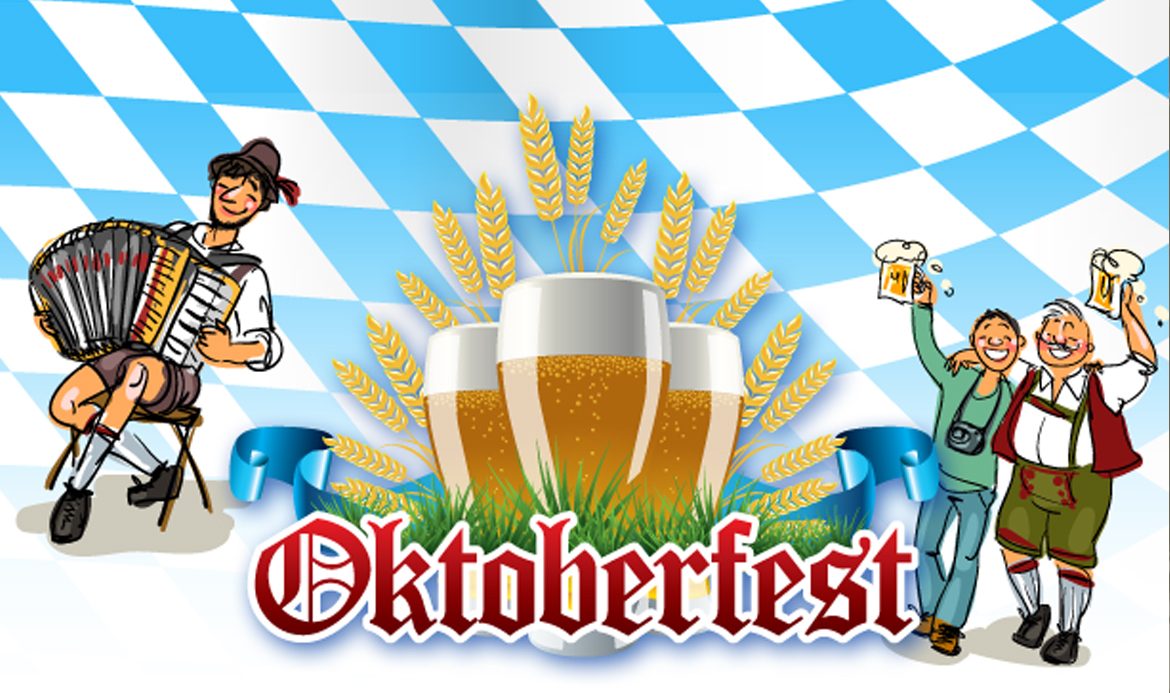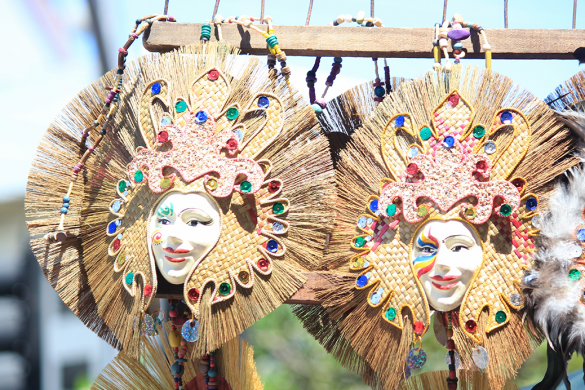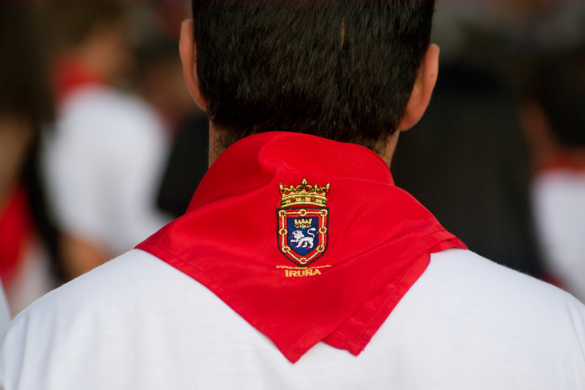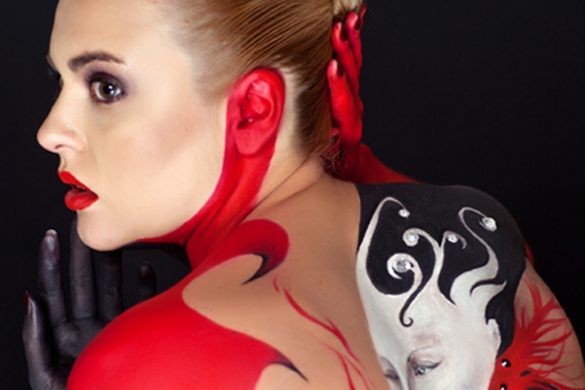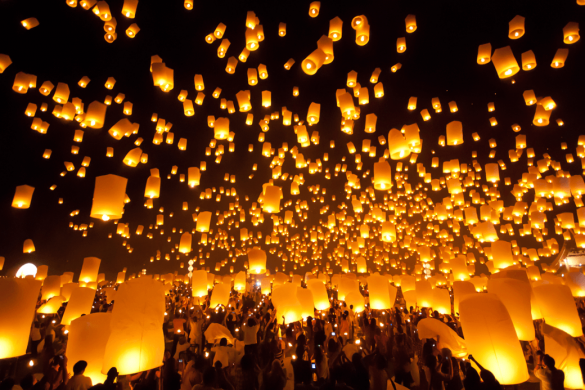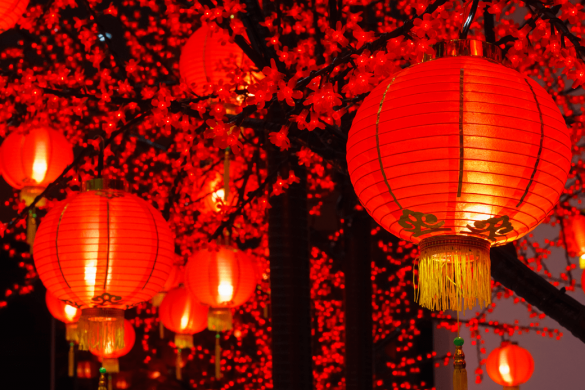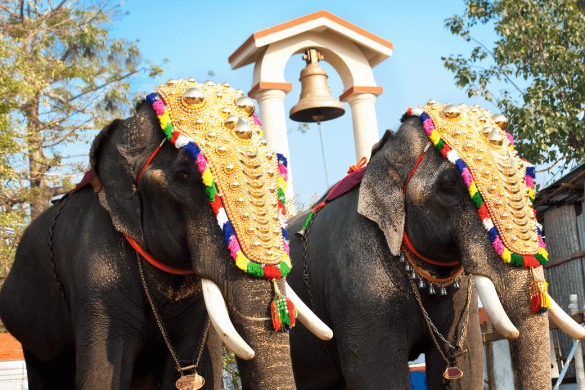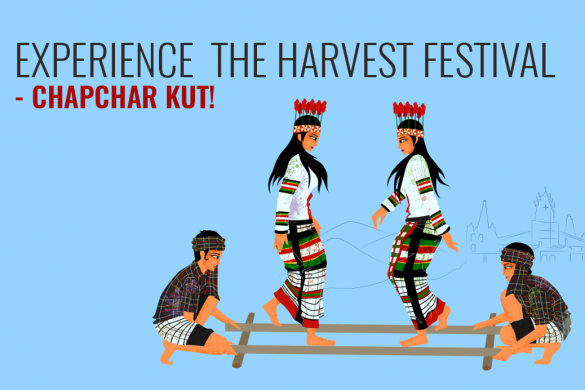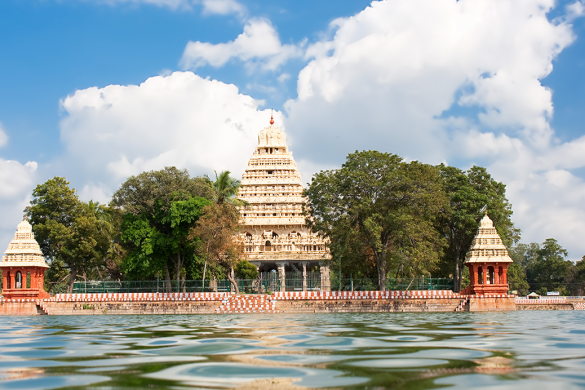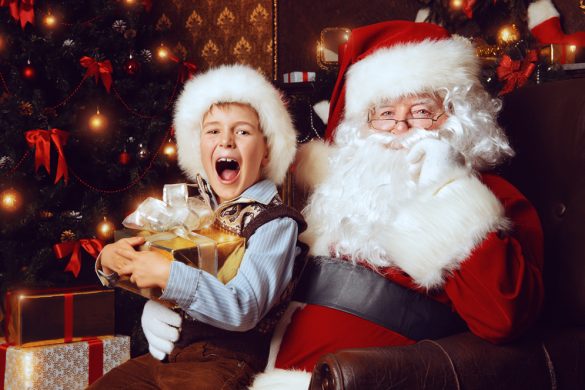With the start of autumn, as the festive bells start ringing, every part of the world prepares to rejoice in its own unique way. One aspect that brings all kinds of celebration under a single flagship is their association with colours – of joy and togetherness.
This is the age where all regions of the world are opening up invitations to one another, where exchange of knowledge and goodwill is a common sight. So, let’s utilise this opportune time to set our eyes on the land of poets and thinkers. Yes, it is Germany we are talking about and it is the Munich Oktoberfest that has caught our attention.
The historical account of the colourful funfair’s beginning is marked with the Royal Wedding of King Ludwig I and Princess Therese of Saxony-Hildburghausen on 12th October, 1810. The festivities started as the commemoration of their marriage, by organising a horse race. The source of inspiration is evident when we know that the fields, where the fair takes place are literally named after Princess Therese (Theresienwiese or “Theresa’s meadow”).
The world’s largest fair is a sixteen day affair and the perfect embodiment of jollity and fun. It’s held during late September and carries on till early October. With millions of people attending the fest, you can expect a vibrant tidal wave of cultural colours to flow through the autumnal fields.
One of the most important elements of this fair is Oktoberfest bier or Oktoberfest beer, served consistently since the start of the folk festival. Interestingly, the Big Six breweries supplied lager that was darker than there their usual light colour, but in 1872 Josef Sedlmayr brewed an amber-red Vienna lager and it quickly became the favourite beer.
During the 1970s, there was a shift in the colour of lager again, which is quite similar to its modern day counterpart. Across Germany and the USA, mostly a paler coloured lager is served. These pale shades may range from gold tinged to an amber red hued.
Now, if you thought that this renowned lager was the only colour symbolisation, then be prepared for the fabulous spread of food you get to witness in the fair. From pretzels to red cabbages, potato dumplings to white sausages – the variety of food is a fair in itself.
Being situated in Bavaria, the Munich fest’s theme is very much inspired from the Bavarian flag. The blue and white colours signify the true spirit of any festival, namely, harmony and peace. The Oktoberfest can rightly be termed as the celebration of autumn abundance as the various colours of Oktoberfest beers represent the shades of autumn.
